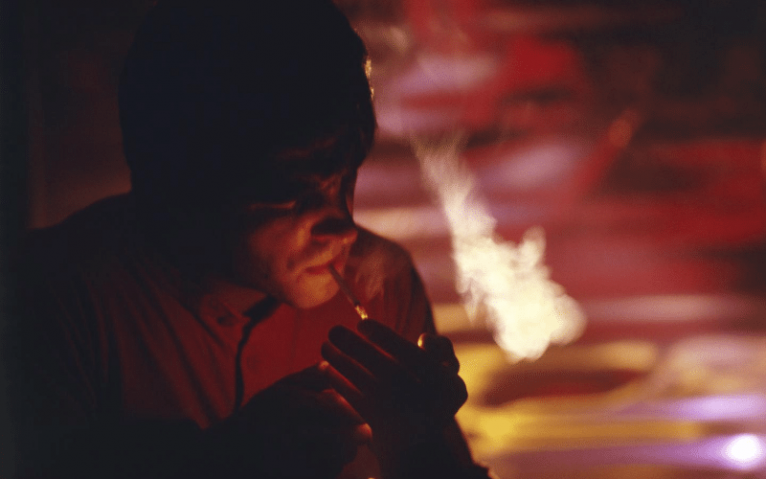The stages of addiction help to explain the progressiveness drug and alcohol addiction has. Addiction to drugs and alcohol happens for many reasons, but it unfolds in various stages regardless of the root cause. Typically, most people don’t become dependent on a substance right away. Although everyone’s case is different, most who struggle with substance use disorders go through what we know as the five stages of addiction.
Stage 1: Experimentation
Some people consider this stage zero, mainly because this could potentially drive someone towards an addictive path. Most people start using drugs as an experiment; no one sets their mind to become an addict. They may know someone who uses some drugs and might want to give it a try.
The first stage of addiction is often triggered by peer pressure. It can come from friends and family who might experiment with drugs themselves.
However, for certain drugs, experimentation can be the trigger of a full-blown addiction. Because everyone’s brain composition is different, it’s nearly impossible to know if someone will become hooked or obsessed with the euphoria a specific drug gives them.
Read more: Can Recreational Drug Use Turn Into an Addiction?
Stage 2: Regular Use or Patterns
When someone starts incorporating the substances into their regular life, people begin showing some initial patterns of substance misuse. For example, even after a one-time use of heroin, someone might start developing a pattern of use. Other common drugs that lead to misuse patterns are prescription drugs like Adderall or Valium.
Soon enough, someone will start to display patterns of regular use. Quickly, these substances become part of everyday life. With substances such as heroin, you’ll likely see track marks on people’s arms. But for prescription medications, it can be more challenging to note these signs.
Related: How Much Percocet Do You Need to Get High
Stages 3: Tolerance and Recklessness
After regular use, most people will develop a tolerance for whatever substance they’re using. Individuals find themselves seeking higher doses or even start to experiment with other drugs to see if they can get the same effects. At this stage, emotional and physical signs of addiction become visible as their brains begin to change by the abused substance. Daily use is almost a given at this point.
Even more dangerous, after someone develops a tolerance, they’ll start to engage in risky or reckless behavior. Some people might combine drugs like cocaine and meth for a more robust experience or drugs and alcohol to extend the effects. When people start combining or using more than one substance, also known as poly-drug use, they significantly increase their chances of a fatal overdose. Not to mention, their reckless behavior can place them at risk of suffering a car accident or get in a fight, and so on.
Read more: How to Identify an Addiction in a Loved One
Stage 4: Dependence
Here’s when people start to struggle with a substance use disorder once they become physically and mentally dependent on the substance. They take the substance daily at this stage, but they continuously increase their amounts to maintain their effects. Most people will start to show symptoms of addiction, such as compulsive drug-seeking. Even when they try to stop, they experience severe withdrawal symptoms that cause them to go back to using them.
Here’s when you can say someone is already developing an addiction. In their minds (and bodies), they believe (and feel) that they cannot function at their full capacity without the drug.
Withdrawal symptoms from drugs and alcohol dependency can lead to anxiety, depression, insomnia, weight loss, and many other symptoms. Besides, when people experience withdrawal signs, they might retake a higher dose and risk overdose.
Related: Withdrawal from Which Drugs Can Be Fatal?
Stage 5: Addiction
The final and most detrimental stage is substance use disorder. Addiction is a chronic disease that’s also progressive; it just doesn’t happen overnight. At this point, everyone, including the new addict, is affected by drug abuse. Someone who struggles with a substance use disorder will simultaneously suffer behavioral health problems and mental health issues.
As drugs and alcohol ravage the body and mind, it loses its ability to function healthily. People feel powerless, helpless and begin to isolate, which only exacerbates the issue and leads to the potential risk of overdose, suicide, and other mental illness.
By this stage, people fail to fulfill responsibilities related to work, family, or school. They continue their substance abuse despite recognizing its adverse effects on their health and relationships, and they are physically and mentally submerged in their addiction.
Read more: Addiction Treatment: A Guide for Finding Help [Free eBook]
Escaping the Five Stages of Addiction
The stages of addiction are progressive and do not occur overnight. Generally, addicts and even those closest to them will remain in denial regarding the severity of the drug or alcohol problem. If you or someone you know struggles with these stages, please remember help is available, and recovery is possible.
At Lighthouse Recovery Institute, our addiction specialists can recommend a custom treatment program to help struggling addicts find healing. Using various evidence-based drug addiction treatment programs, including medication-assisted treatments and cognitive behavioral therapy, we can help you find a better tomorrow. Don’t hesitate to call our treatment center today and speak with our admission specialists today.





